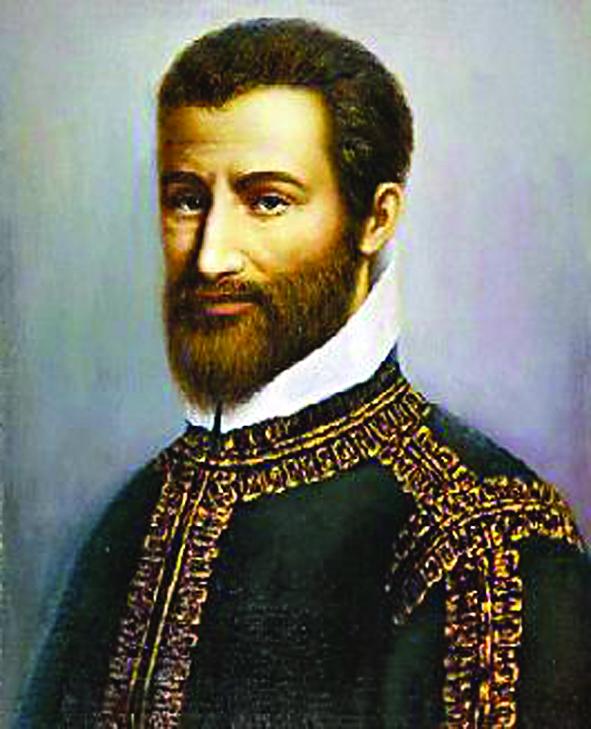So far in our travels in these pages we have not visited Castel Gandolfo, which has some significance for our pilgrims. In the dreamy peace of the Alban Hills, the lake by Castel Gandolfo is embedded like a precious jewel, changing in a kaleidoscopic succession of beautiful sunrises and sunsets. There are breathless views of the open lake, the azure sky and the distant sea, and a sense of the eternal and the poetic.
This town (in Latin Castrum Gandulphi) is situated about 15 miles southeast of Rome and faces the volcanic Lake Albano. Since 1597, this has been the Pope’s summer residence. The adjacent gardens contain the ruins of Domitian’s Roman villa.
Pope Urban VIII in 1628 was the first Pope to stay in Castel Gandolfo. The first Papal Bull issued by a Pope from Castel Gandolfo was also written by Pope Urban VIII on October 25, 1626. In the small town there is a beautiful square with the San Thomas of Villanova Church (built at the request of the Chigi Pope Alexander VII) and a fountain, both designed by Bernini. The papal palace and the adjoining Villa Barberini, added to the complex by Pius XI, have enjoyed extraterritorial rights since the signature of the 1929 Lateran Treaty with Italy.
In 1933 the Vatican Observatory was moved from the Vatican and installed at Castel Gandolfo.
In this town we have found a homey family-run trattoria called Sor Capanna, and I was the guest of Professor Fraser Fleming, professor of chemistry at Duquesne University (www.duq.edu) on this occasion. We had asked for a set menu for 20 Euro ($25), and we were delighted with what the restaurant was able to offer.
The professor, his wife and his group of students invited me to join them on the lower floor of Sor Capanna at a long table, nicely decorated and with a view of a pleasant garden outside. We began with the antipasti consisting of salami, ham, grilled zucchini, eggplant and peppers. These antipasti were a meal in themselves. But then came our pasta course which, at the suggestion of the restaurant, consisted of an assaggio ( a “try” literally, or a sampling) of two kinds of pasta, served one after the other, ravioli ai fiori di zucca (ravioli with pumpkin flower sauce), and rigatoni amatriciana (the “amatriciana” sauce originated in the town of Amatrice, northeast of Rome, and is spicy pancetta-studded tomato sauce). A well-dressed mixed salad followed to freshen us all up. Finally, an excellent home-made tiramisu was served as the dessert. This lovely lunch was accompanied by red and white wines from the Castelli area, the hilly country around Castel Gandolfo, as well as a choice of sparking and still mineral waters. Needless to say, everyone enjoyed this lunch. Given the popularity of this restaurant, it is always wise to reserve a table.
There are a few hotels in Castel Gandolfo, and one of the oldest is Antico Hotel Lucia Pagnanelli. The current Hotel Lucia Pagnanelli was founded in 1882 by John and Julia Pagnanelli in a context of other businesses, in the first instance as the Railway Hotel, as the railroad is connected with this town. In the 1920s, it was inherited by their daughter Lucia and currently, since the 1960s, her son Luciano, who, with his wife Juliana and their children David, Alexander and Sara, lovingly manage it. The welcome that the guest receives here is family warmth. It is a small hotel with 10 rooms and services including TV and wireless internet. Five of these rooms directly overlook Lake Albano. The hotel is located near the papal villa, in an area of particular archaeological, artistic and landscaped beauty. Overlooking the lake, which is surrounded by the oaks and chestnut trees of the Regional Park of the Castelli Romani, the hotel is 300 meters from the train station which connects with Rome in under an hour. Guests need to check in after 14:00 on the day of arrival and check out before 11:00 on the day of departure. Breakfast is served from 9-10 am.




Facebook Comments